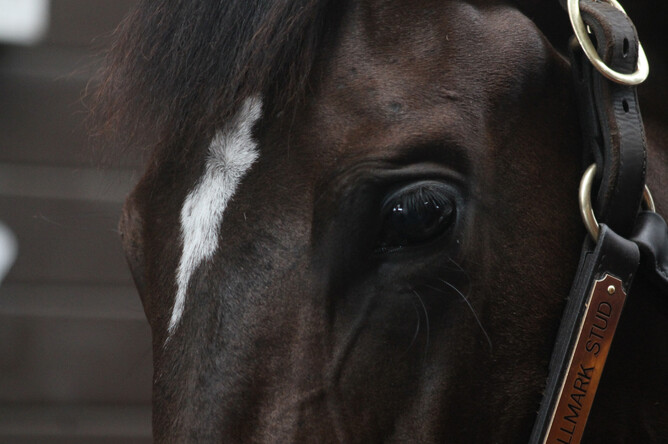The NZEHA provides an update on their progress in various areas of the organisation:
1. VetIntel
VetIntel is an equine disease surveillance system which collects data from veterinary practices. It works by picking up disease codes used by the veterinary practice’s administration software and holding this information in a central database. This information can be analysed to provide important information regarding disease prevalence and equine population health.
The data collection, storage and analysis parts of the system are operational. Current development is focussed on integrating the different veterinary practice administration software packages with the VetIntel system. The system requires the veterinary practices to adjust their administration of their cases to utilise the codes required by the system. The different practice administration software packages interface with the VetIntel system differently.
A number of veterinary practices have agreed to link up to the VetIntel system and provide the information. NZEHA is looking at how it could expand the system to incorporate as many veterinary practices as possible.
2. Equine ID and Traceability
NZEHA is progressing a proposal to establish a national equine identification and traceability system. The primary purpose of the system will be to prepare the equine industry for a biosecurity response and to manage an endemic disease.
A number of options are being considered, including the regulatory framework, the information requirements, equine identification systems, existing databases that could host the information, the development of a bespoke system, integration with existing information systems, etc.
The proposal is still in the early stages and is expected to take some years to progress. There is, however, a lot of work to be done to find the best way forward.
3. Website
NZEHA has recently commissioned an upgrade of its website. The previous website was licensed and hosted by the TAB but the persons who were responsible for this had left the TAB’s employment.
4. Government Industry Agreement (GIA)
The Government, through the Ministry of Primary Industries, has agreements in place with the various primary industry sectors, which deals with issues relating to biosecurity readiness and response. NZEHA is the signatory to the GIA on behalf of the equine industry.
The GIA has developed into a significant operation with a substantial administration budget. It is overseen by the Deed Governance Group which comprises representatives of all sectors who have signed the agreement.
Although the agreement is primarily aimed at establishing a joint response by industry and Government to any disease outbreak, it also provides a framework for NZEHA to pursue biosecurity readiness and response projects, which are supported by Government.
4.1. Joint Response: Teileria equi.
A response was initiated when a broodmare destined for Australia tested positive to T equi. In routine pre-departure testing. Gene sequencing confirmed that the horse was infected with T. equi although she was clinically healthy.
The mare had been imported from France in February 2019 for breeding purposes. Investigations concluded that she had been infected before import to New Zealand.
Because the mare had been resident in New Zealand outside of quarantine, our country lost its disease free status for T. equi, causing significant concern to the equine community who faced the possibility of a new endemic disease that could severely impact the health of the New Zealand horse population. In addition, there were extra immediate costs to horse exporters who now had to comply with the additional testing requirements associated with exporting from an infected country.
A response team of representatives from MPI and the equine industry, represented by members of the Equine Health Association (NZEHA), was set up. The best scientific and veterinary resources were assembled to assess the transmission risk and design a testing regime to determine the extent of any spread of the disease in New Zealand.
After extensive research and testing no evidence was found that the disease had spread - via ticks or other mechanisms - beyond the single imported horse.
Freedom from the disease has been declared and the normal trade disease testing requirements have been restored.
4.2. Joint Readiness
Biosecurity Levy: A levy has been introduced for all imported and exported horses, equine semen and embryos. The levy is used to fund any response or readiness costs.
Equine influenza: An Equine Influenza response plan has been finalised and is now on the NZEHA website. As part of the response plan, NZEHA maintains a supply of Equine Influenza Vaccine which can be used in the case of an outbreak. The supply of vaccine is rolled over by using it on all horses which require it for export.
5. Memorandum of Understanding with Chinese Horse Industry Association (CHIA).
Working together with MPI and MFAT, NZEHA signed a MOA with the CHIA. In terms of the agreement NZEHA has developed a number of equine health focussed initiatives. These included:
• Four lectures on equine surgery and anesthesia, drafted by Dr Alex Fowler and presented by Prof Chris Riley.
• NZERF equine owner education videos on Laminitis, Strangles, and dentistry (to come)
• Videos of “How to” sessions on common equine veterinary procedures as given by practicing veterinarians at the recent NZ Veterinary Association conference
6. Other Matters
NZEHA deals with a number of ad hoc matters as they arise. These include the preparation of a guide for the transport of horses by air, reviewing of various MPI documents relating to equine disease and the disposal of horse carcasses.


